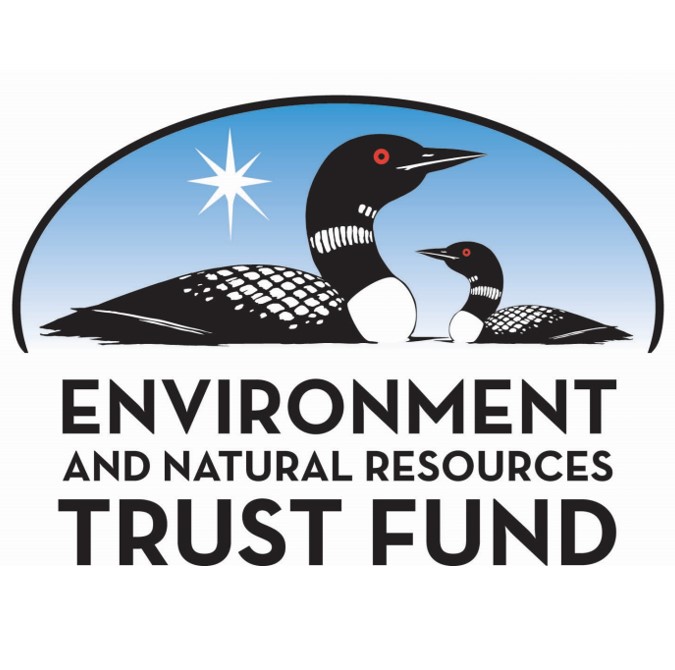Grants
The Echinacea Project is supported by the National Science Foundation (NSF) and the Minnesota Environment and Natural Resources Trust Fund (ENRTF). Any opinions, findings and conclusions, or recommendations expressed in this website are those of the authors and do not necessarily reflect the views of the National Science Foundation or Environment or Natural Resources Trust Fund.
NSF grant award numbers, click for more information:
- 2051562
- 2050455
- 2032282
- 1557075
- 1555997
- 1355187
- 1125997
- 1052165
- 1051791
- 0545072
- 0544970
- 0521245
- 0083468
ENRTF grant award number, click for more information:
Funding for this project is provided by the Minnesota Environment and Natural Resources Trust Fund as recommended by the Legislative-Citizen Commission on Minnesota Resources (LCCMR). The Trust Fund is a permanent fund constitutionally established by the citizens of Minnesota to assist in the protection, conservation, preservation, and enhancement of the state’s air, water, land, fish, wildlife, and other natural resources. Currently 40% of net Minnesota State Lottery proceeds are dedicated to growing the Trust Fund and ensuring future benefits for Minnesota’s environment and natural resources.
Participating Institutions

The Echinacea Project is a collaboration between the Chicago Botanic Garden and the University of Minnesota.
Research Station
Jean and Dwight Wagenius have supported this research project from the beginning.
Previous Support
In 2007 the National Geographic Society’s Committee for Research and Exploration supported The Echinacea Project’s investigations of movement of pollinating insects.
The Echinacea Project was established by Stuart Wagenius as his dissertation research project. His research was supported by awards from:
- The Minnesota Department of Natural Resources in 2001.
- The United States Fish and Wildlife Service in 2001
- The Department of Ecology, Evolution & Behavior, University of Minnesota in 2000.
- The Center for Community Genetics, University of Minnesota in 1995 – 2000.
- The Dayton-Wilkie Natural History Fund of the Bell Museum of Natural History in 1995 – 1999.




